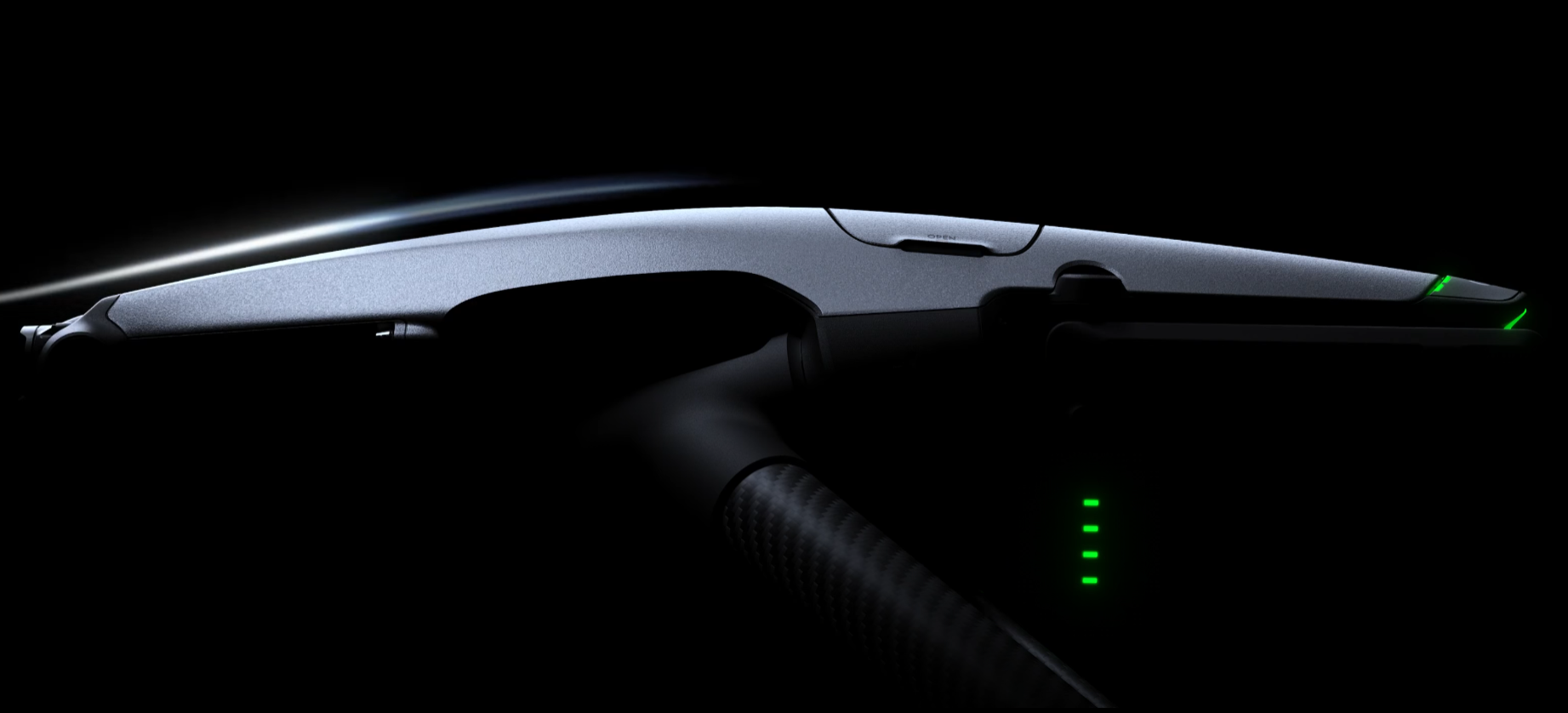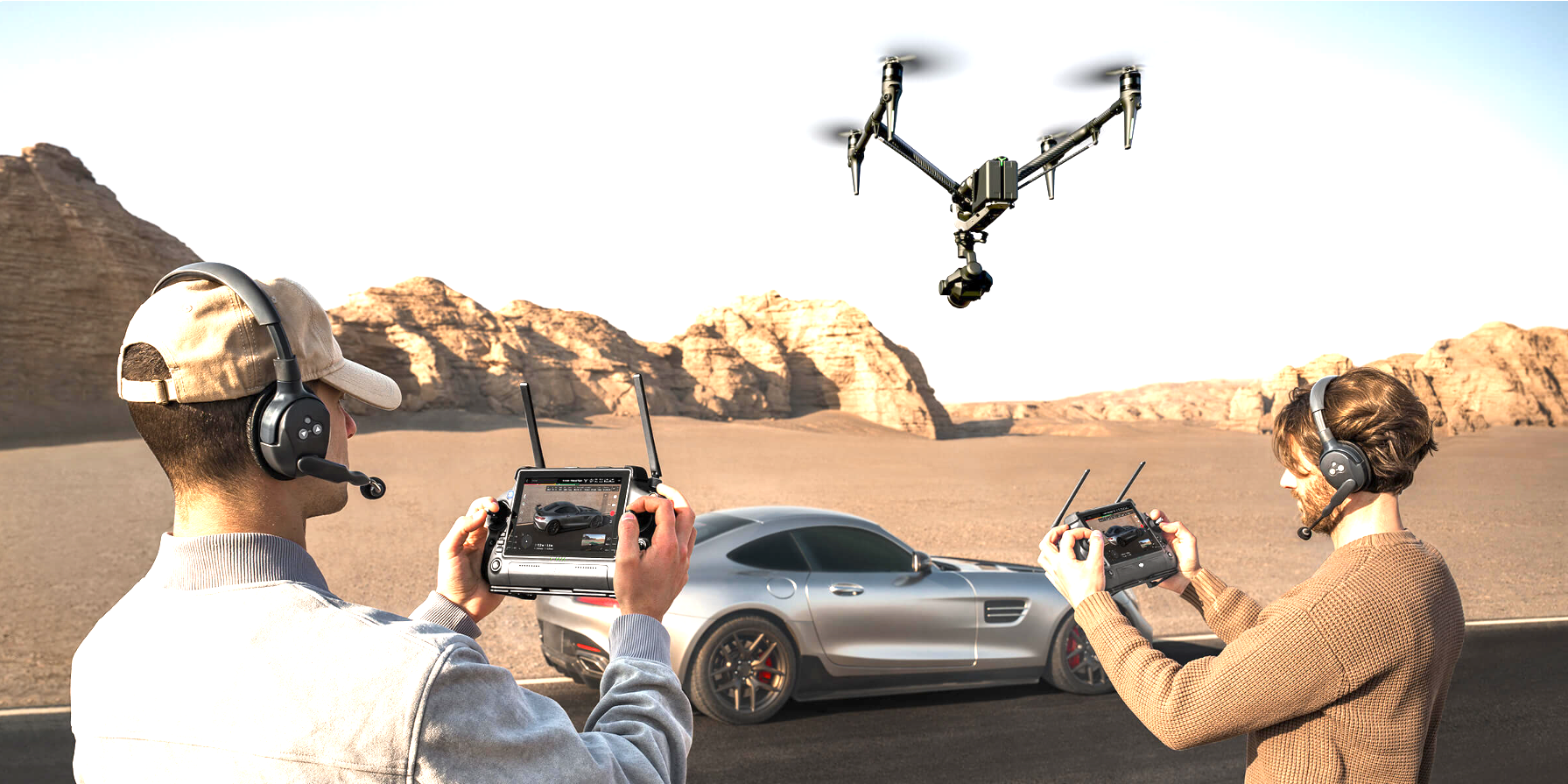Is the Inspire 3 a Good drone for Surveying?
DJI recently released their new Inspire 3 drone, and we have had the chance to go through all of the information about their latest aircraft and camera system. It has many new and impressive features, with a very long list of advanced technological specifications. But as regular readers of our articles know, at Aerotas we are extremely focused specifically on the surveying and mapping community. So instead of a comprehensive review of all of the different capabilities of the Inspire 3, we are focusing specifically on whether or not the new Inspire 3 will be a good drone for surveying and mapping.
Our Overall Thoughts
DJI makes it very obvious that the main focus of the Inspire 3 is not the surveying and mapping market, but rather the cinematography market. The Inspire 3 is definitely the best available drone out there if you are a filmmaker, and it has dozens of incredible features for filmmakers and cinema focused flight capabilities. This includes a very high quality camera that, on paper, looks like it might be a good mapping sensor. However, reading a bit more into the details reveals a handful of design choices that will severely limit the useability of the Inspire 3 for survey grade mapping.
Overall, the Inspire 3 simply does not have some of the most critical features to make it a high quality mapping drone, and we do not recommend it for surveyors. While it is possible that DJI will release additional software and hardware updates to make the Inspire 3 better for mapping, their focus for this drone on cinematography makes that extremely unlikely. DJI already has two different drones that do target the mapping community, specifically the Mavic 3E RTK and the M300 with its P1 camera. The Inspire 3 does not outperform either of those drones.
The Camera
The most important part of any mapping drone is the camera. And the Inspire 3 comes with DJIs brand new “Zenmuse X9-8K Air” camera (pictured below). The top-level technical specifications sound fantastic, with a 44-megapixel, 35mm full-frame image sensor, and support for a wide variety of lenses, from 18mm to 50mm.
However, one of the biggest concerns with this image sensor is that it only supports an electronic shutter, compared to the global mechanical shutters that are present on mapping-oriented drone cameras like the Mavic 3 Enterprise and the P1. While this has no impact on cinematography, it introduces very slight distortions into the images that lower final map accuracy, even despite advances in photogrammetric post-processing techniques.
Further, we have many serious concerns about the RTK/PPK system getting integrated into the image geolocation, which is one of the most critical parts of high-end mapping drones. DJI proudly advertises the RTK capability of this new aircraft, however, they fail to mention any information with regard to image geolocation accuracy. Numerous prior “RTK-enabled” DJI drones actually did not provide RTK data in any meaningful mapping way, as it was used only for navigation. The Inspire 3 appears to fall into this category.
It’s easy to look quickly at the Inspire 3’s DRTK2 integration ability and think you’re good to go, but there is no verbiage or evidence showing that this RTK integration is useful for anything beyond precise navigation.
Will the Inspire 3 support the P1 camera?
Zenmuse P1 Full-Frame Mapping Sensor
One possible option that might make the Inspire 3 a worthy mapping drone is if DJI winds up supporting the P1 camera on the Inspire 3 airframe. There have been a few unconfirmed reports on the internet that P1 support will come to the Inspire 3, but I would reserve judgment on this until it is official. Even if the P1 camera can be mounted to and fly with the Inspire 3, it will not be a good mapping drone unless DJI integrates the camera properly into its RTK system for good image geolocation.
Even if that happens, the P1 remains hamstrung by its only available mapping lens, the 35mm DJI enterprise lens. We’ve written about this in the past, and DJI has yet to release a 24mm enterprise-grade camera lens for the P1. If DJI were to fully support the P1 camera on the Inspire 3, and release a 24mm lens, then the Inspire 3 could possibly become one of the best mapping drones on the market. But until that is official, I would not recommend buying the Inspire 3 for mapping.
The Inspire 3 Airframe
The Inspire 3 will look very familiar to anyone who has flown any of the other DJI Inspire series drones. The legs fold up and out of the field of vision of the camera, allowing an unobstructed 360-degree view beneath the drone. The new Inspire 3 allows for multiple controllers, a new first-person-view camera, and a lot of extremely impressive obstacle-avoidance technologies.
I won’t go into all of those here because quite simply, they aren’t of any value for surveying and mapping. Mapping drones fly almost entirely on autopilot at altitudes of at least 100’ above ground, and usually much higher. These features, while very impressive and useful for cinematography, simply aren’t of much value in a commercial mapping environment.
Can you create maps with the Inspire 3?
Technically, you can use the Inspire 3 to perform mapping missions and create 3d models. However, it is not built to be a mapping drone. It is built for filmmaking. And because of that, we simply can not currently recommend the Inspire 3 for mapping purposes.
Right now, the DJI Mavic 3 Enterprise RTK remains our recommendation for the best overall drone for land surveyors. And even though the camera on the Mavic 3 does not have as large of an image sensor as the Inspire 3, because of the other mapping-focused features, we expect the Mavic 3 to produce better mapping results at a much lower price point and in a much smaller and easier to use airframe.
So if you want to shoot Hollywood style videos, then go ahead and get the Inspire 3. But if you want to make maps, you are much better off sticking with either the Mavic 3 Enterprise RTK or the M300.
Inspire 3 - built for filmmaking
Mavic 3 Enterprise - built for mapping
If you’d like more information or have any questions at all, please fill out the form below!










